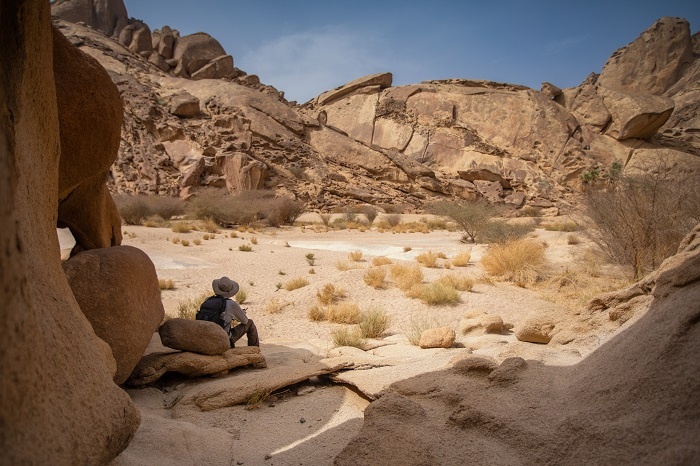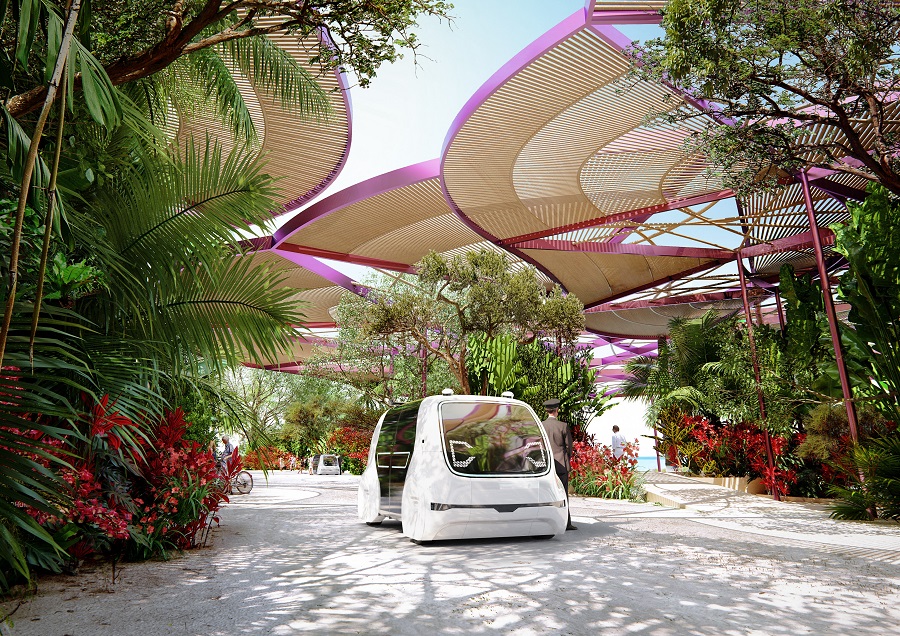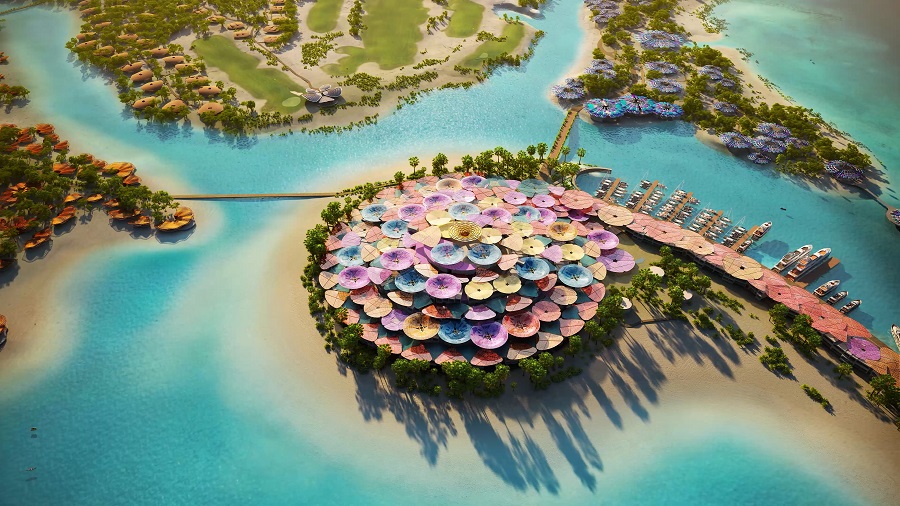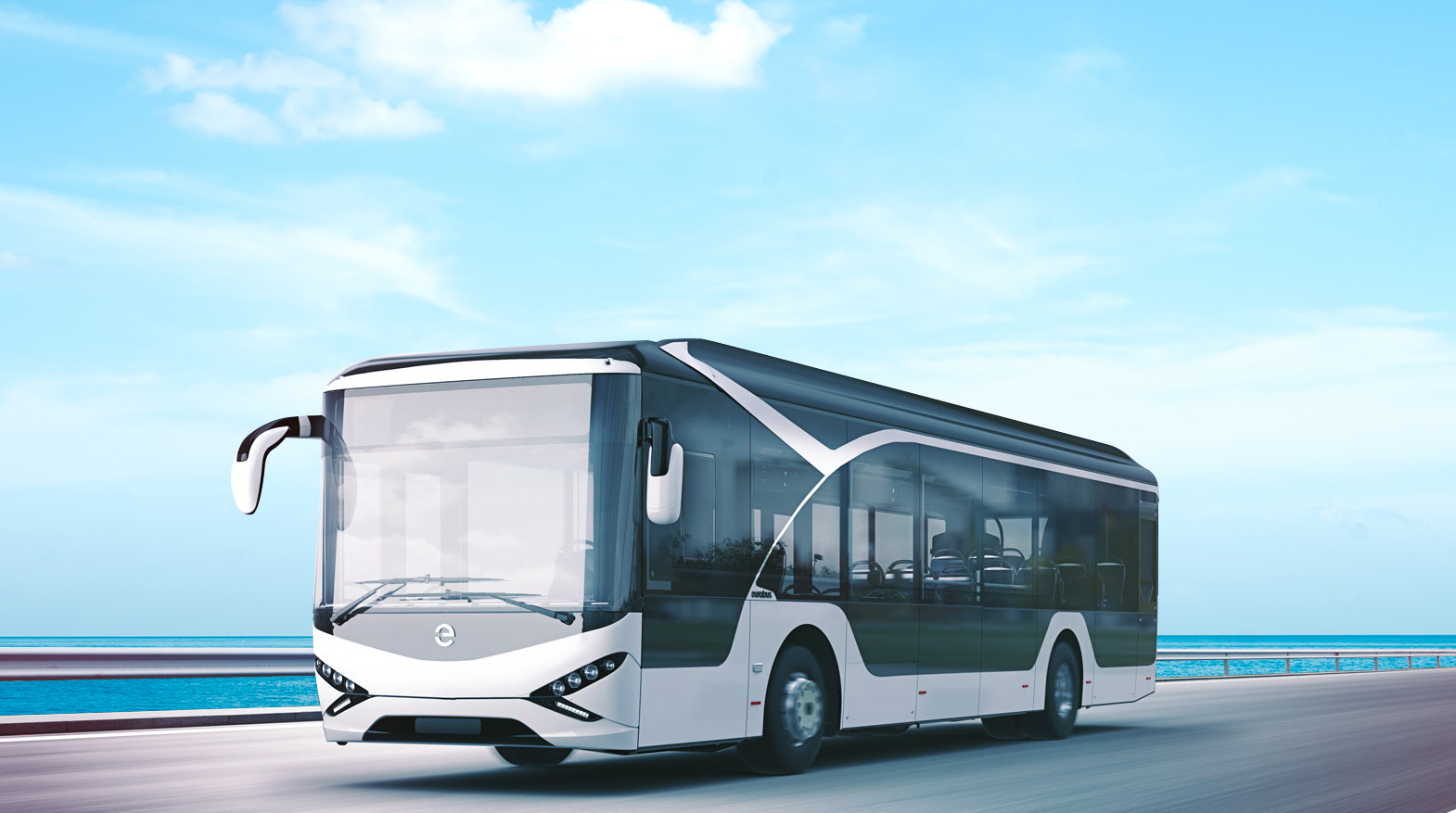
Breaking Travel News explores: The Red Sea, Saudi Arabia
The World Travel & Tourism Council will this week convene in Riyadh, capital of Saudi Arabia, for the annual Global Summit.
The event is the most influential showcase on the calendar, and this year industry leaders gather with key government representatives to continue aligning efforts to support the recovery and move beyond to a safer, more resilient, inclusive and sustainable future.
As Saudi Arabia itself continues to develop its offering, Breaking Travel News is publishing a series of features on the destination in honour of the event.
Today we explore Red Sea Global - a pioneering, brand-new luxury regenerative tourism destination along the west coast of Saudi Arabia.
One of the last true hidden treasures, the Red Sea is surrounded by the world’s fourth-largest barrier reef system and spans over 28,000-square-kilometers with an archipelago of more than 90 untouched islands, pristine beaches, dormant volcanos, sweeping desert dunes, mountain canyons and historical cultural sites.
Here landscapes are as varied as they are breath-taking.
The Red Sea is a crossroad of land and sea with a rich cultural backdrop full of fascinating history.
Offering world-leading experiences alongside natural simplicity, and underpinned by a smart framework, guests are guaranteed enriching escapes with a boutique twist.
The Red Sea will be ready to welcome the first guests in 2023.
By 2030 it will be home to 50 hotels, 8,000 rooms, up to 1,000 residential properties and its own international airport.

The Red Sea is forging a new model of development, with responsibility at its core.
In partnership with Wimberly Allison Tong & Goo and Buro Happold, the masterplan for the destination has been developed to not only protect the environment but enrich it for future generations to enjoy.
The plan was informed by a series of wide-ranging environmental studies, and the largest marine spatial planning simulation ever undertaken, in partnership with King Abdullah University of Science and Technology, to assess the environmental impact of the development and operation of the destination.
As a result of these findings, less than one percent of the total site area is being developed, with 75 per cent of the destination’s islands being preserved for conservation.
Plans also aim to achieve a 30 per cent net positive conservation benefit by 2040, achieved by enhancing key habitats that help biodiversity to flourish.

The Red Sea destination is 500 kilometres north of Jeddah, between the towns of Al Wajh and Umluj.
With its own dedicated Red Sea International Airport, the Red Sea destination is easily accessible to visitors from around the world.
At the crossroads of Europe, Asia and Africa, 250 million people will be within three hours flying time.
Red Sea Global recognizes that the environment and local communities are the most precious assets.
The destination seeks to prioritise people and planet, spearheading a new model of development, with responsibility at its core.
At The Red Sea, they aim to align with all 17 of the UN Sustainable Development Goals.
With an abundance of rich biodiversity and a number of endangered native species calling the destination home, they are putting the planet before profit and protecting this beautiful region so that it can be enjoyed for generations to come.
To do this they are going beyond conservation, to actively enriching natural capital by pioneering a new regenerative approach to tourism.
Free from single-use plastics, running entirely on renewable energy and with zero waste to landfill, the Red Sea destination is a paradise for both guests and native fauna and flora.
Visitor numbers will be carefully managed to reduce over-tourism and the extensive smart destination management system will closely monitor the impact of operations on the natural environment to ensure that we deliver on our commitment of a 30 per cent net conservation benefit by 2040.
This ties in directly with the Saudi Green Initiative, the strategy for protecting land and nature, and achieving global sustainability goals.
As a result of the regenerative approach to tourism, guests will have the unique opportunity to immerse themselves in the incredible natural environment that exists along the Red Sea and explore all it has to offer, including one of the last thriving coral reefs in the world, all while actively contributing to its protection and regeneration.

Most recently, the developer has purchased a fleet of electric buses, marking the first stage in delivering its sustainable, smart and seamlessly integrated transport network across the Red Sea.
The purchase agreement with international e-mobility pioneers Electromin and Energy International Corporation make RSG the owner of the first-ever fleet of carbon-neutral electric buses in Saudi, setting a historic milestone for vehicle manufacturers and Saudi licensing authorities.
John Pagano, group chief executive, the Red Sea, said: “We’re working with world-class manufacturers and operators who share our ambition and vision for reimagining tourism, by leading the regional and global transition to energy-efficient transportation.”
The roll-out follows a comprehensive and robust analysis of the total land, sea and air transport needs for the 28,000 sq. km. destination, in line with its goal of being carbon neutral by 2030.
More Information
Red Sea Global is a closed joint-stock company wholly owned by the Public Investment Fund (PIF) of Saudi Arabia.
RSG is a global multi-project developer, seeking to lead the world towards a more sustainable future, showing how responsible and regenerative development can uplift communities, drive economies, and enhance the environment.
The protection of natural capital is central to all development decisions, as the organization seeks to create a better future for all.
Find out more on the official website.

